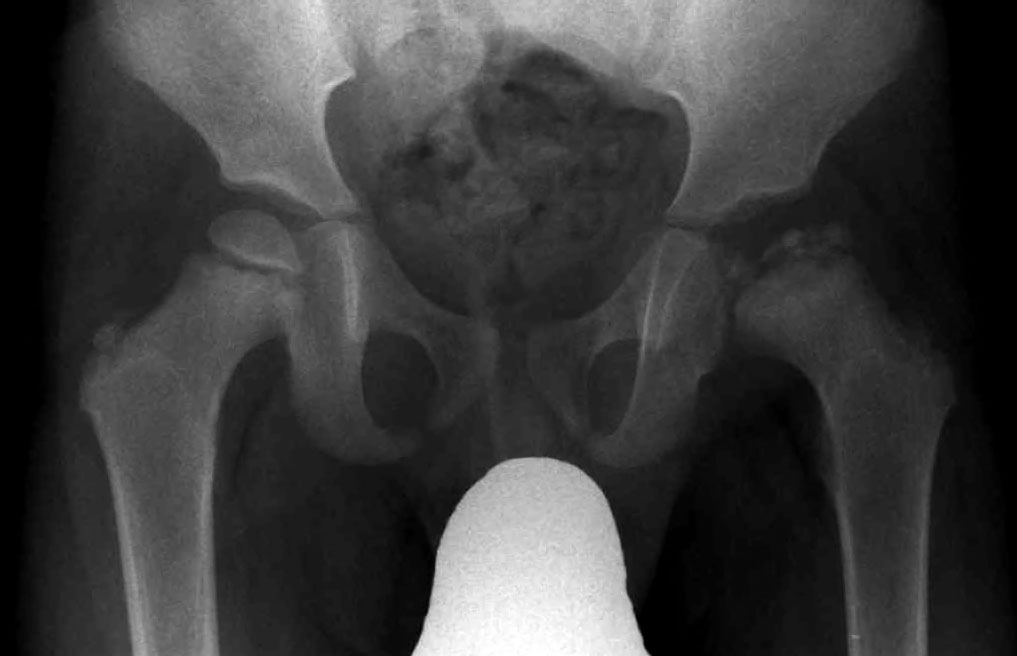What is Perthes Disease?
Perthes disease is a painful and debilitating condition that affects the legs and hips of children. It can cause severe pain in the upper leg, hip, and knee and lead to a limp. Affected children may also experience limited range of motion in the upper leg, including the inability to rotate the leg inward or raise the thigh. Perthes disease can develop asymptomatically, but it can be detected with x-rays.
What is the cause of Perthes disease?
Perthes disease is a painful and disabling condition of the hip joint. Despite decades of research, doctors are still not sure what causes this condition. The disease progresses slowly and may require years of treatment. It is important to understand the symptoms and treatment options for your child.
There are many ways to treat Perthes disease, ranging from observation to surgery. The first step in treating your child is a complete physical exam. Your doctor may recommend x-rays of the hip joint and pelvis. These images are useful in determining the severity of the disease and how much further it needs to be treated. A child with the disease may require several x-rays throughout treatment. A child suffering from Perthes disease may also require a special type of brace to help with the stability of the joint.
Early symptoms of the disease include pain in the hip joint, which may extend to the groin or thigh. In severe cases, it may extend into the knee. Children affected by this condition may also develop a limp or a shortened leg compared to the unaffected side. Often, pain begins gradually and may last for several months.
Is Perthes disease curable?
There is no specific cure for Perthes disease, but the disease does respond to some treatments. The treatment for Perthes disease can range from observation to surgery, depending on the stage of the disease. If the condition is caught early, nonsurgical treatments may be sufficient to prevent permanent damage to the hip. In children who have a more advanced stage of Perthes, surgical intervention is often recommended.
A diagnosis of Perthes disease is based on the child’s symptoms, physical examination, and imaging studies. Treatment options for the disease will depend on the severity of the disease, age, and body type of the child. If the disease has advanced to the stage where surgery is needed, the child may undergo a procedure that will reshape the bone around the hip joint.
What is the best treatment for Perthes disease?
Treatment options for children and young adults with Perthes disease vary widely. In severe cases, surgery may be necessary. However, for mild cases, physical therapy and anti-inflammatory medication may be sufficient. Bed rest may also be prescribed to relieve pressure on the hip joint. Patients with mild cases often recover on their own within two to five years.
Perthes disease affects the femoral head, which is a part of the ball-and-socket hip joint. This is the rounded top of the thigh bone that sits inside the hip socket. If the disease progresses without treatment, blood circulation can be compromised and the bone may fracture or deform. In severe cases, the disease may result in hip replacement surgery.
What are the long term effects of Perthes disease?
The symptoms of Perthes disease can affect a child’s quality of life, their education and their social interactions. The disease can be debilitating, limiting a child’s activities and reducing their sleep. It also affects their overall mood and ability to function properly. For these reasons, it is important to find effective treatment options for children with this disease.
Treatment options for Perthes disease vary widely. In most children, the condition will heal completely without long-term complications. The degree of recovery will depend on the severity of the disease and the amount of bone affected. However, some children may need hip replacement surgery at a later age.
Perthes disease rehabilitation
Rehabilitation for Perthes disease involves physical therapy to correct the problem with the hip joint. Most doctors focus on restoring the hip’s normal rounded shape, which prevents the disease from progressing to adulthood. Rehabilitation for Perthes disease is generally very effective, and most children can return to normal activities without major limitations.
The first step in rehabilitation for Perthes disease is a thorough physical examination to diagnose the condition. This is typically followed by x-rays, which show the condition of the femoral head. X-rays can be repeated several times during a child’s treatment to determine the severity of the condition. Children may initially appear worse on x-rays before showing gradual improvement.
Rehabilitation for Perthes disease should begin as early as possible. This disease is very debilitating for the femoral head, and early diagnosis and treatment are critical. In children, regrowth of the femoral head is most likely if the disease is diagnosed early. However, if more than 50% of the femoral head has been lost, surgery is likely to be necessary to restore the normal shape of the femoral head.



